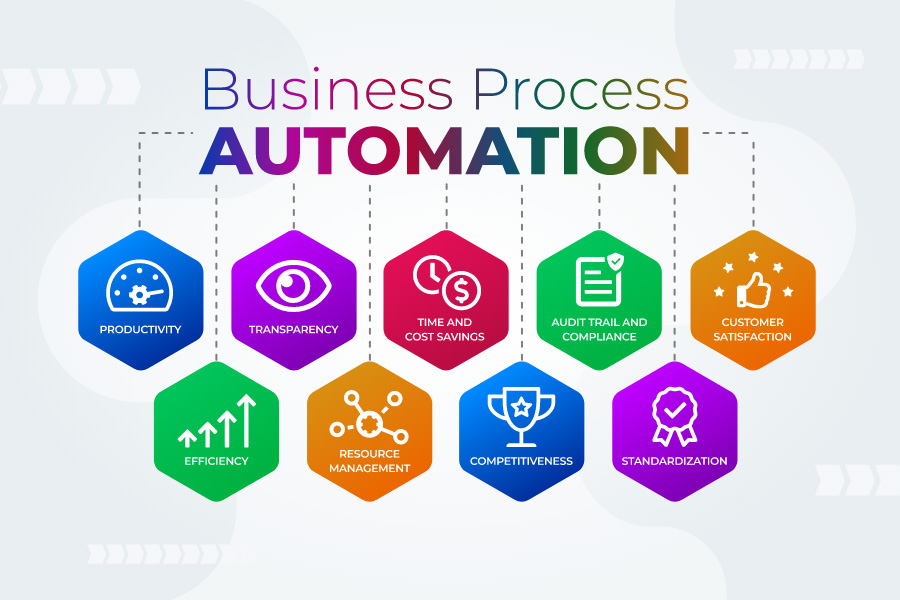Introduction
In a world where businesses compete on speed, efficiency, and agility, manual processes are the new bottleneck.
Every repetitive task that still needs human intervention costs time, energy, and opportunity.
That’s where automation comes in — and today, intelligent systems powered by APIs and AI are leading the charge.
In this article, I’ll break down how smart automation transforms business operations and why companies that embrace it gain a serious edge.
1. Understanding Business Process Automation (BPA)
Business Process Automation (BPA) means using technology to execute recurring tasks or processes where manual effort was once required.
It’s not just about saving time — it’s about:
- Reducing errors.
- Standardizing operations.
- Freeing human teams for higher-value work.
When done right, automation creates smoother, faster, and more reliable workflows across an organization.
2. APIs: The Backbone of Automation
APIs (Application Programming Interfaces) are the connective tissue of modern automation.
APIs allow systems to:
- Talk to each other.
- Share data automatically.
- Trigger actions based on predefined events.
Example:
A CRM system automatically updating a customer record after a successful payment — without a single human touch.
Without APIs, automation would be isolated and limited.
With APIs, automation becomes intelligent and scalable.
3. Intelligent Systems: Beyond Basic Scripts
Basic automation scripts are useful, but intelligent systems take automation further by:
- Making decisions based on real-time data.
- Learning from previous patterns (machine learning).
- Adapting dynamically to changing conditions.
Example:
A customer support chatbot that escalates complex issues to a live agent after detecting negative sentiment — that’s intelligent automation at work.
It’s no longer just “if X, then Y” —
it’s “if X, Y, Z, and conditions A and B are met, then respond dynamically.”
4. Real-World Examples of Automation in Action
- Finance: Automatic invoice generation and payment reminders.
- Sales: Lead scoring and automatic email follow-ups.
- HR: Candidate screening bots and automated onboarding workflows.
- Support: Ticket routing and smart FAQ systems powered by AI.
The possibilities are endless — and growing.
Every time a business replaces a manual task with intelligent automation,
they cut costs, reduce errors, and speed up delivery.
5. Challenges and How to Overcome Them
Automation is powerful, but it’s not “set it and forget it.”
Common challenges include:
- Choosing the wrong processes to automate.
- Poor API integration planning.
- Lack of clear fallback strategies when automation fails.
Solution:
- Start small.
- Automate simple processes first.
- Measure impact.
- Expand carefully, always keeping humans in the loop when needed.
Conclusion
Smart business automation isn’t about replacing people — it’s about amplifying people by removing repetitive, error-prone work.
By combining well-built APIs with intelligent system design, businesses can unlock massive efficiencies,
free up human creativity, and scale faster than ever before.
Automation is no longer the future. It’s the standard.
Companies that embrace it today won’t just keep up — they’ll lead.

